- Monday By Appointment
- Tuesday 9:00 am - 5:30 pm
- Wednesday 9:00 am - 5:30 pm
- Thursday 9:00 am - 5:30 pm
- Friday 9:00 am - 5:30 pm
- Saturday 10:00 am - 2:00 pm
- Sunday Closed



2025 Kawasaki NINJA ZX-4RR ABS
WE DELIVER! Low cost delivery available throughout southern Ontario (contact us for a quote)
NO WORRIES, our price includes all fees and Dealer discount except HST and licensing
NO MONEY DOWN, low 5.99% financing for up to 60 month term available (on approved credit)
Into a category filled with 400cc sport models, Kawasaki introduces a revolutionary supersport model. The Ninja ZX-4R mounts a 399cc in-line four engine with class-leading performance in a compact chassis with proportions essentially the same as the Ninja ZX-25R. On the track or on the street, experiencing the exhilaration of the Ninja ZX-4R’s heady power, intoxicating high-rpm wail, and its sharp, nimble handing will surely awaken the dormant supersport within you.
FEATURING:
High revving 399 cc in-line four engine
World Superbike inspired chassis design
Fierce Ninja ZX styling
High performance suspension and brake components
High grade electronics
Centre Ram Air
ø37 mm SFF-BP front suspension with adjustable preload
Horizontal Back-link rear suspension with BFRC lite shock
Dual ø290 mm semi-floating discs with radial-mount calipers
Integrated Riding Modes (with KTRC and Power Modes)
Dual-direction Kawasaki Quick Shifter
TFT instrumentation with Circuit Mode
Smartphone connectivity
1 year, unlimited factory warranty coverage with up to 4 extra years Kawasaki Protection Plus (KPP) and Kawasaki Emergency Roadside Assistance (KERA) available at extra cost.
|
ASSIST & SLIPPER CLUTCH
|
|
ELECTRONIC THROTTLE VALVES
|
Smartphone Connectivity
|
KQS (KAWASAKI QUICK SHIFTER)
Designed to help riders maximize their acceleration on the track by enabling clutchless upshifts with the throttle fully open, KQS detects that the shift lever has been actuated and sends a signal to the ECU to cut ignition so that the next gear can be engaged without having to use the clutch. On models that offer clutchless downshifts, during deceleration the system automatically controls engine speed so that the next lower gear can be selected without operating the clutch. |
|
Chassis Management TechnologyABS (ANTI-LOCK BRAKE SYSTEM)Kawasaki ABS systems use front and rear wheel sensors to constantly monitor wheel speed. Should information from either of the sensors indicate that wheel lock has occurred, the ABS ECU directs the pump in the ABS unit to modulate brake fluid pressure (releasing and reapplying pressure so that traction can be regained) until normal operation resumes. ABS offers rider reassurance that contributes to greater riding enjoyment. |
|
Request More Info
QUICK LINKS
HOME New Inventory Used Inventory NRC Engine Covers New Kawasaki Motorcycles Finance Center Parts Department Service DepartmentOnline Shopping Policy
Privacy Policy Return Policy Sales Tax Application Shipping and Delivery Information Terms and ConditionsHOURS
monday
By Appointment
tuesday to friday
9:00 am - 5:30 pm
saturday
10:00 am - 2:00 pm
sunday
Closed
| Monday | By Appointment |
| Tuesday - Friday | 9:00 am - 5:30 pm |
| Saturday | 10:00 am - 2:00 pm |
| Sunday | Closed |




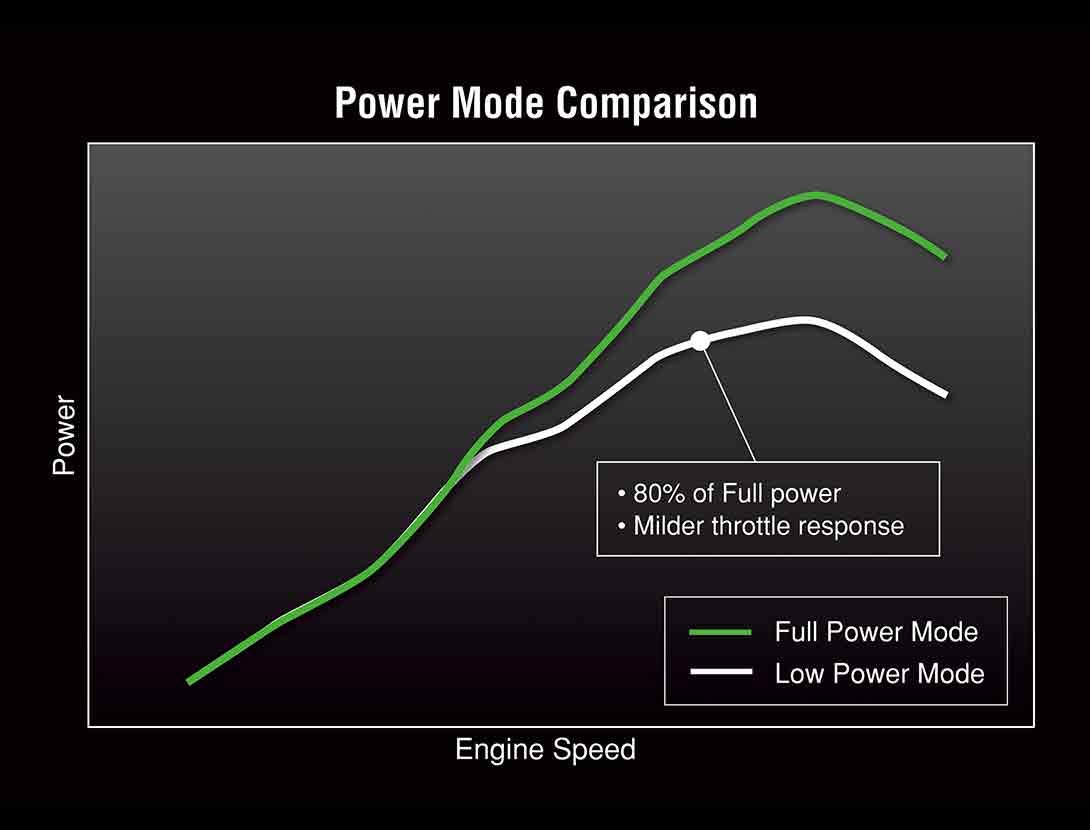 Engine Management Technology
Engine Management Technology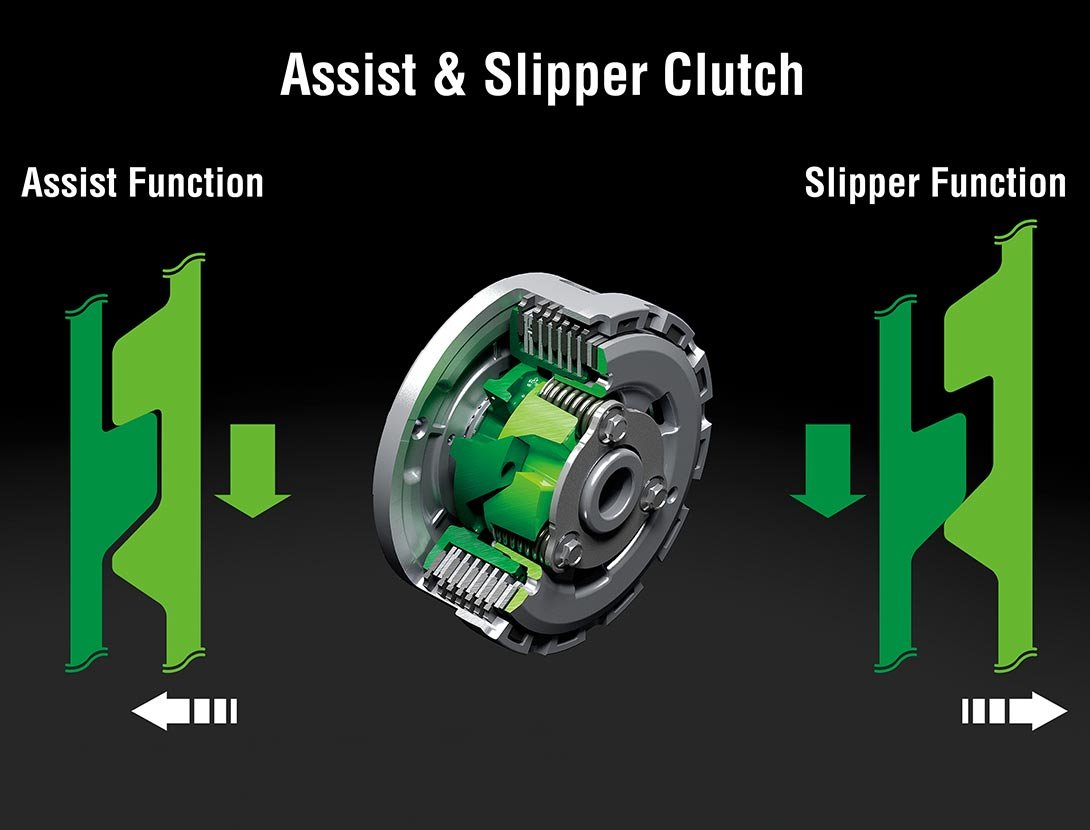
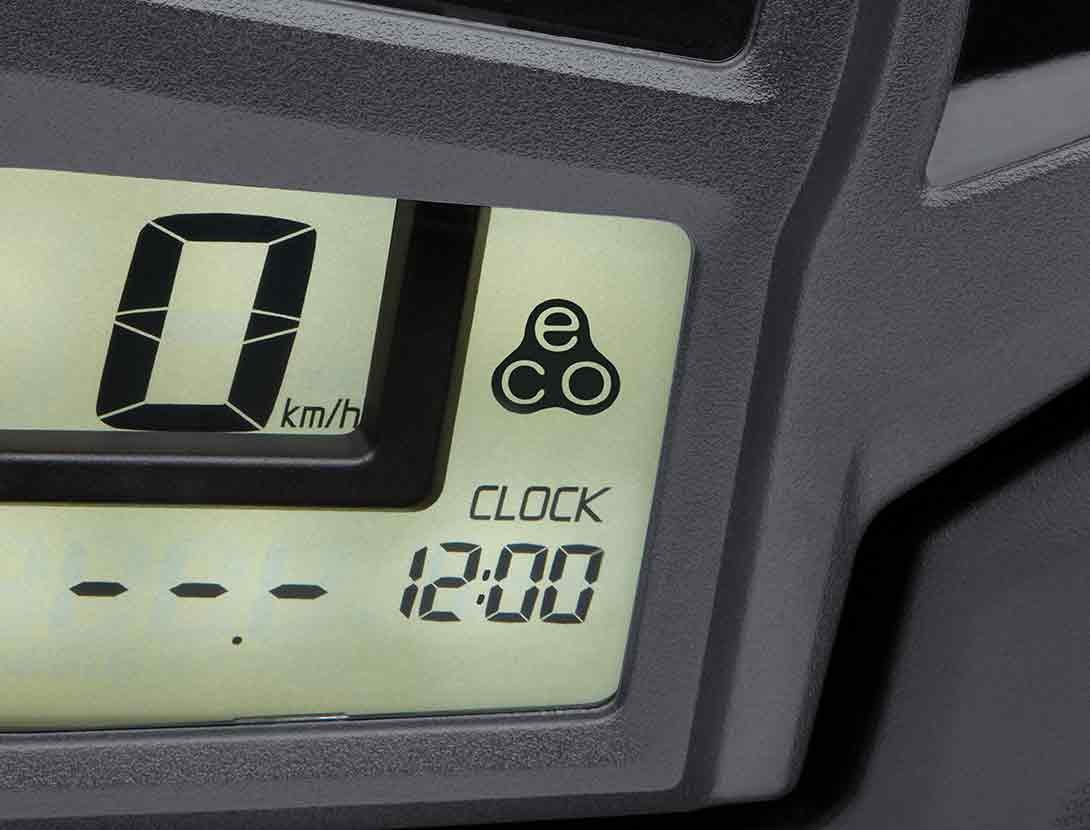 ECONOMICAL RIDING INDICATOR
ECONOMICAL RIDING INDICATOR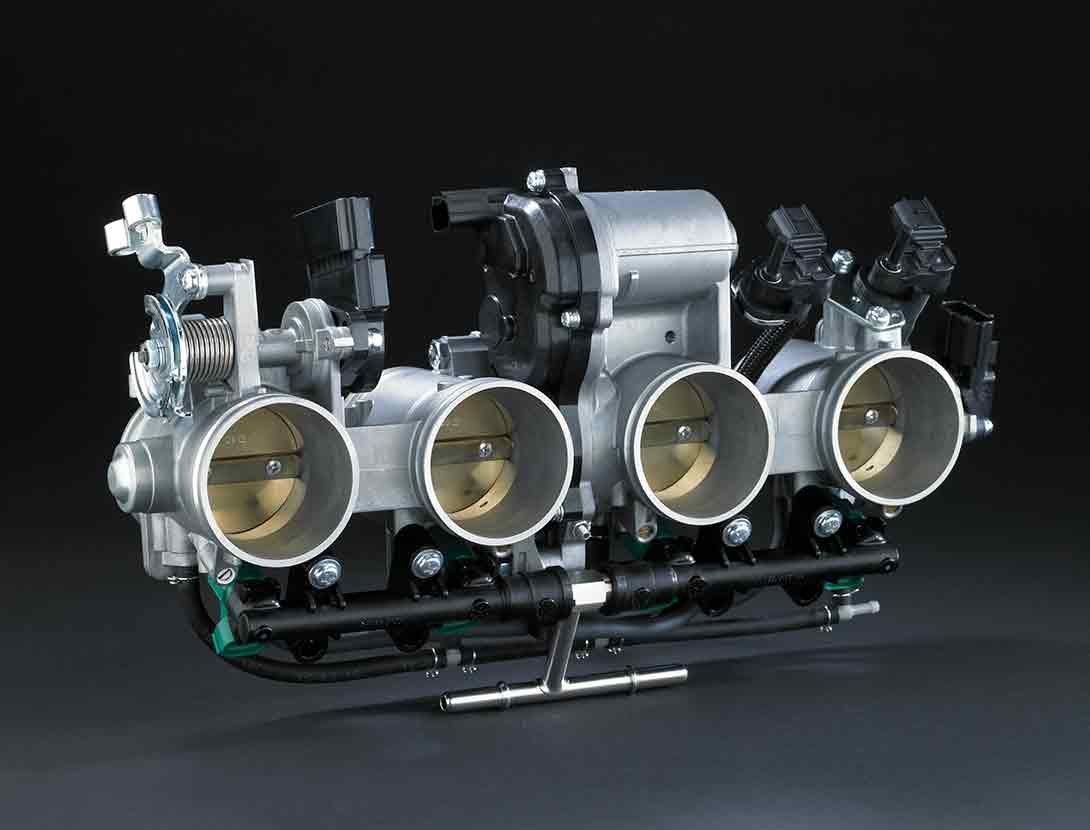

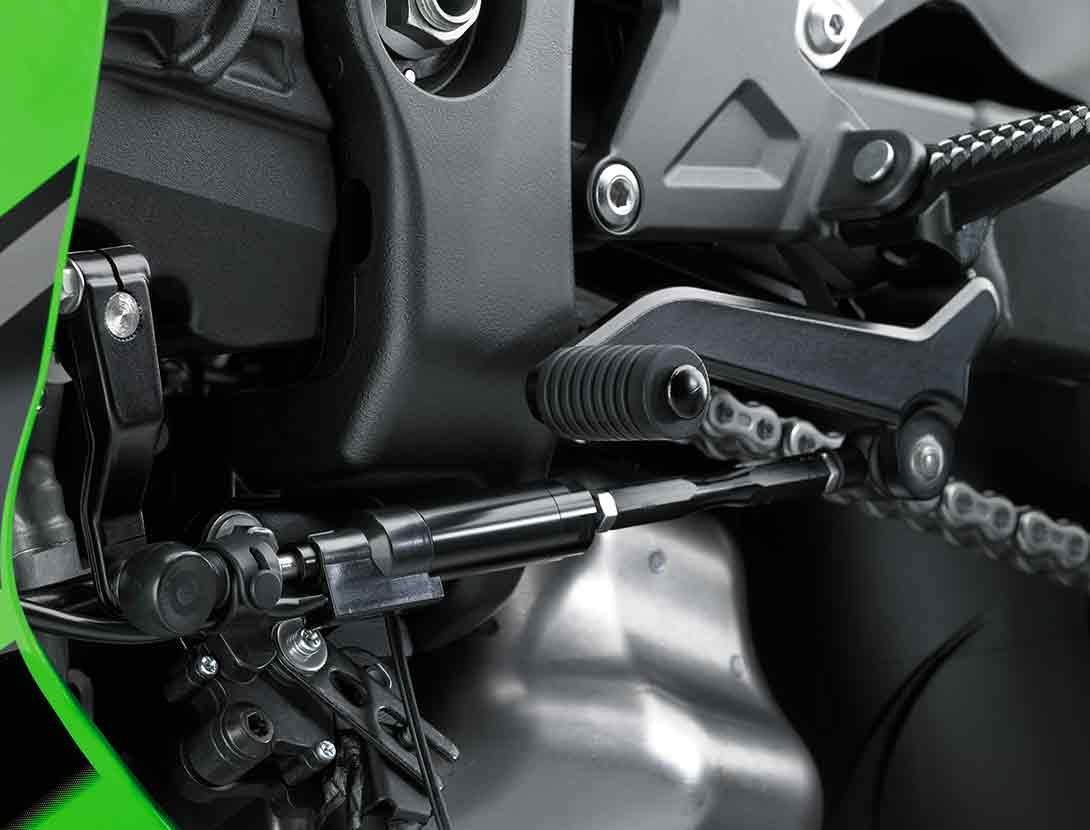
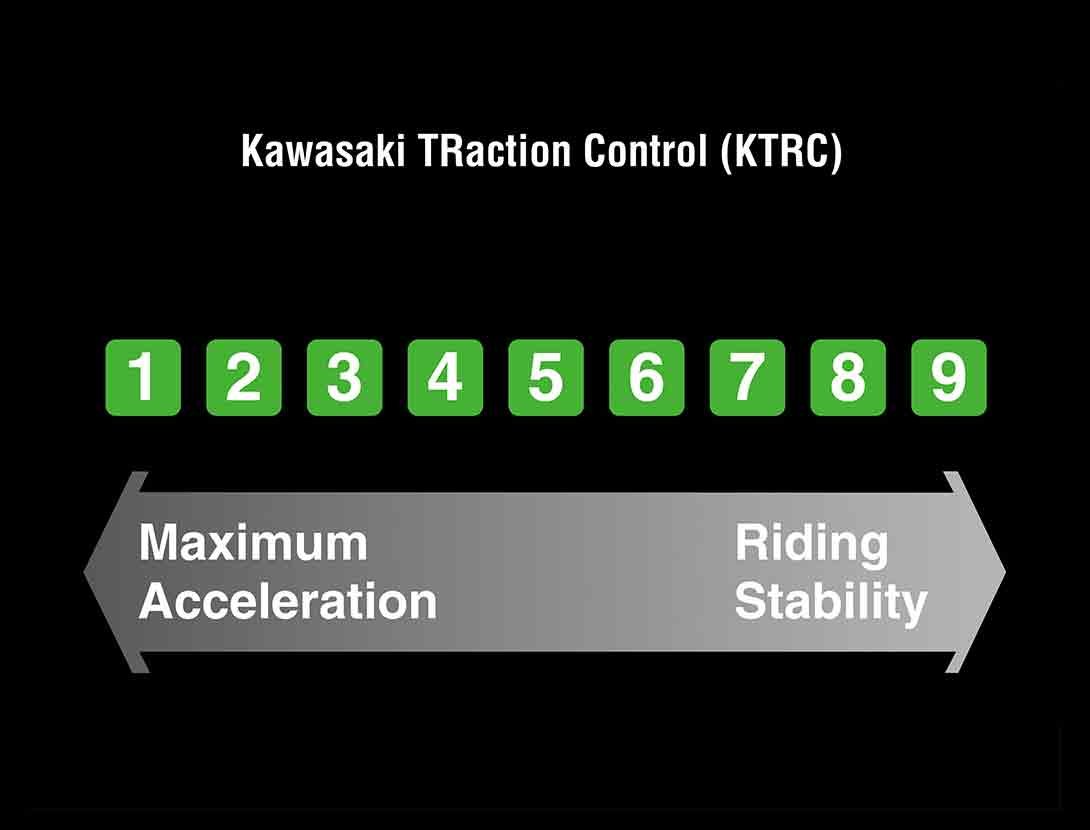 KTRC (KAWASAKI TRACTION CONTROL)
KTRC (KAWASAKI TRACTION CONTROL)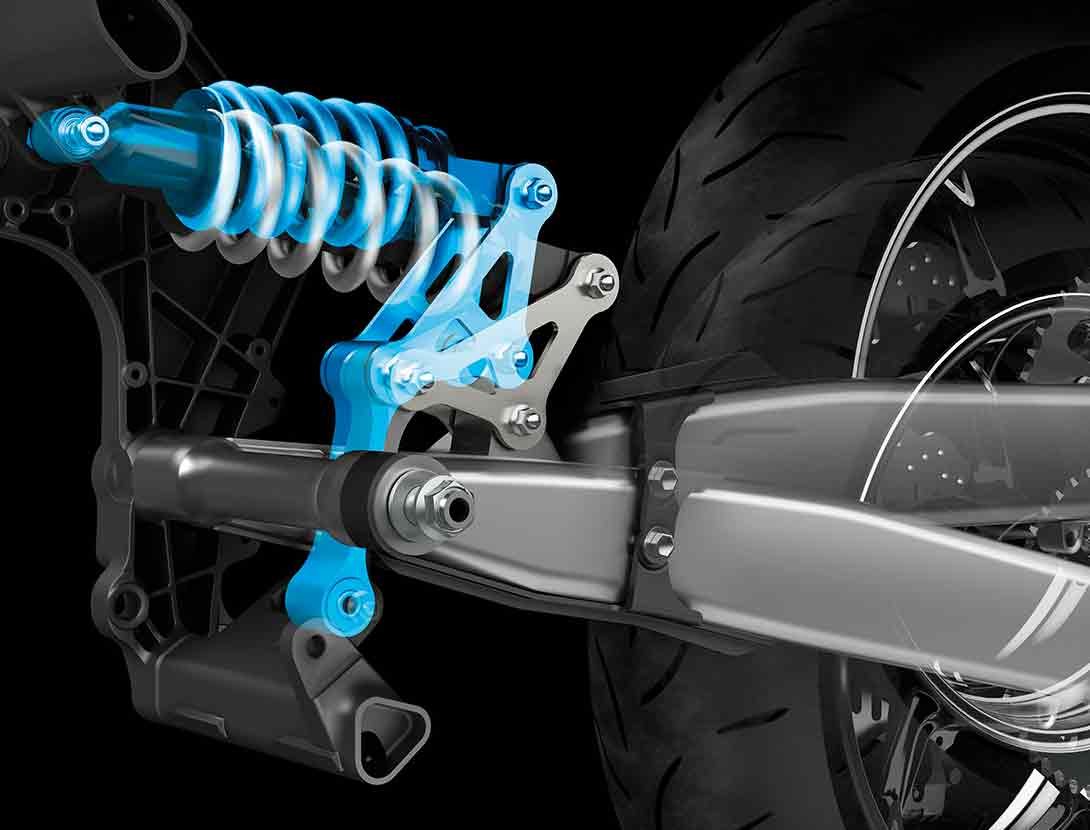 HORIZONTAL BACK-LINK REAR SUSPENSION
HORIZONTAL BACK-LINK REAR SUSPENSION